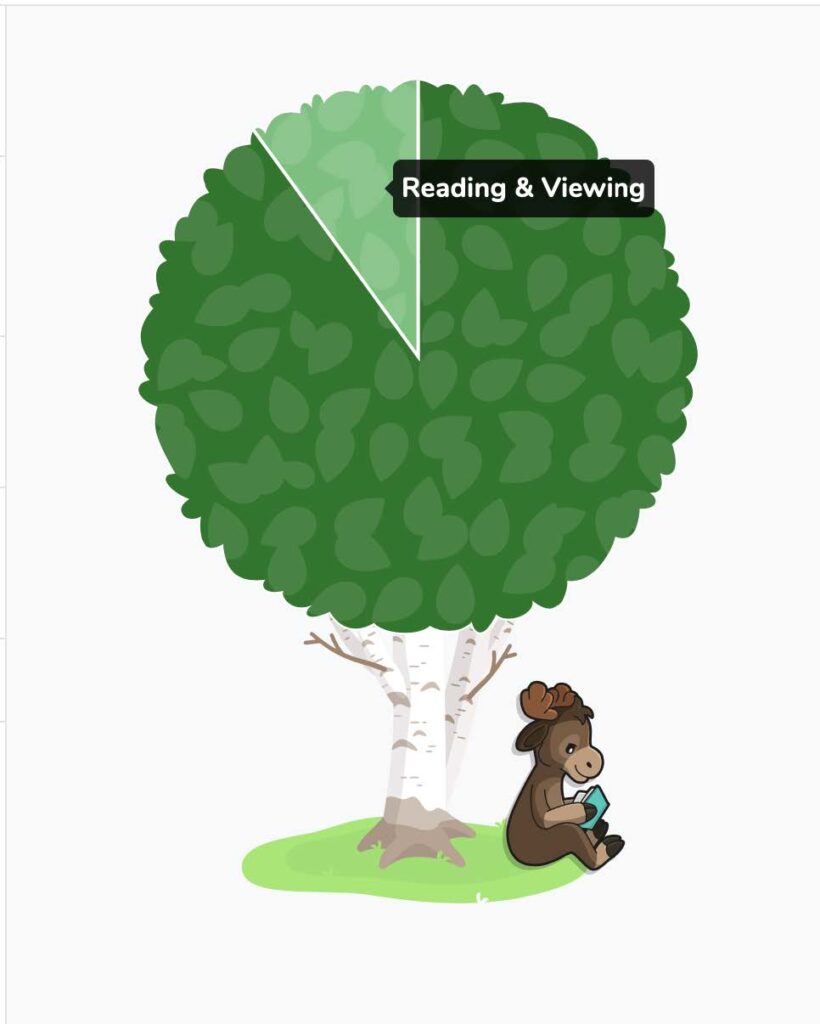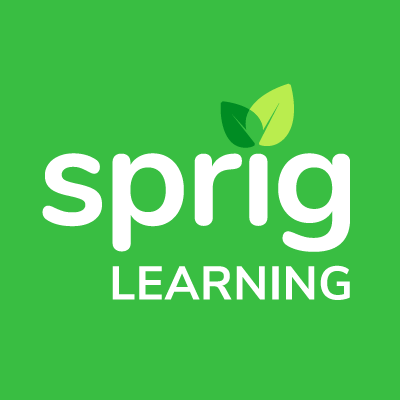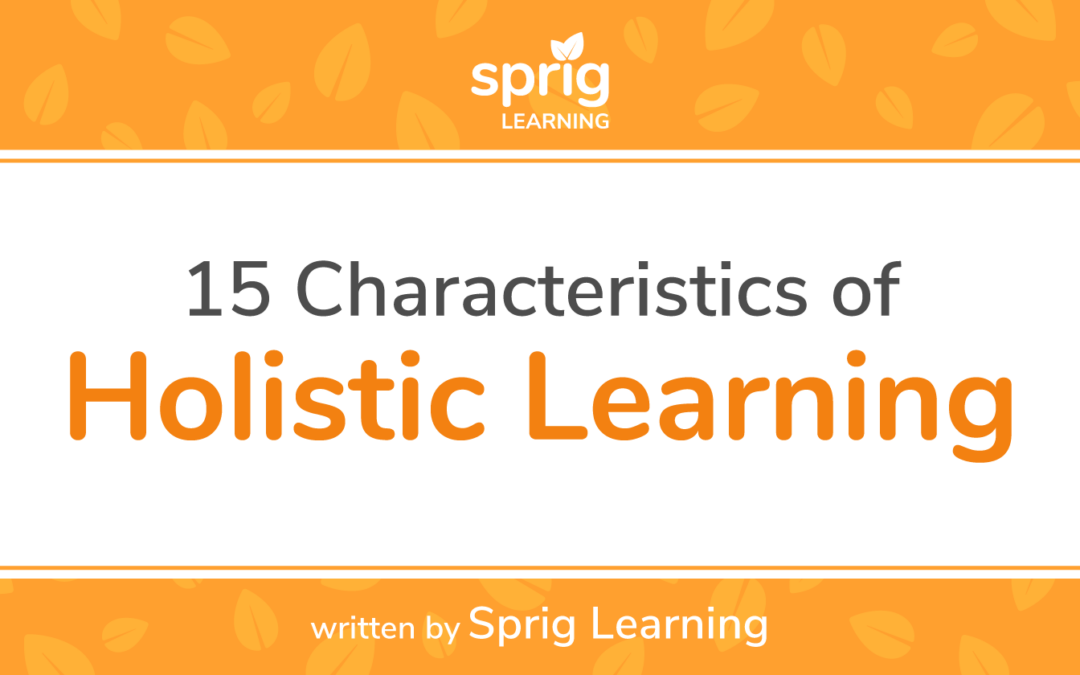Holistic Learning in Early Childhood Education
UNESCO defines holistic learning as a learning approach that activates the learner’s intellect, emotions, imagination and body for more effective and comprehensive learning.
When a holistic approach is applied to early childhood learning, those same components are applied to the whole child’s development: intellectually, emotionally, socially and physically.
It’s said that the first 5 years of a child’s life are the most formative years, which shape the trajectory for the rest of their lives. There are many cognitive and physical milestones to be achieved during the course of these first 5 years, such as naming colors, hopping on one foot and singing a song.
Holistic learning aims to support all of the pivotal early years milestones, while supporting the environment in which the child is learning. In an OECD report, the quality and duration of pre-school, mother’s education, and home learning environment were identified as the most effective factors in determining a child’s literacy proficiency at age 5.
Characteristics and Examples of Holistic Learning

Sprig Learning works with Indigenous communities in the development of unique learning programs. Inspired by the holistic approach that First Nations have used for generations, Sprig developed a program that couples this holistic method with artificial intelligence. This combination helps to reduce unconscious human bias when collecting data points from multiple sources for initially assessing an early learner.
There are multiple use cases for holistic learning, but what does it look like in early childhood education? Here are 15 characteristics, with an example for each, of holistic learning in the school, home and community.
1) Holistic Learning Is Experiential
Holistic learning involves an experience when absorbing information or being introduced to new concepts. Instead of learning through rote memorization or forced readings, the young learner comes to the solution by themselves.
Example: Sprig Language Activity: Let’s Collect. The act of seeking out and physically collecting items deepens the learning experience.

2) Holistic Learning Is Personalized
Learning in a large classroom constitutes a real challenge for some students. Children learn at different paces, have their own strengths, challenges and interests, and often use learning styles that reflect their unique personalities. Holistic learning supports personalized learning for every young student and, when properly supported by teachers, it can help students learn independently and work at their own pace.
Example: Sprig Library offers leveled readers to accommodate different reading abilities.
3) Holistic Learning Is Both Teacher-guided and Self-guided
Pre-kindergarten and elementary teachers have developed pedagogical approaches to best teach young learners over the years. Therefore, not all holistic learning is self-guided. However, self-directed or self-guided learning is encouraged, as it builds curiosity in the child to learn. It gives them self-confidence in their ability to do something on their own.
Example: Sprig Language Activity: It’s in the Clouds. Parents start out the activity by pointing at clouds, but the child may take lead as well as curiosity takes over.

4) Holistic Learning Considers the Community
Holistic learning is not constrained within the four walls of the classroom. It recognizes the important role that parents, caregivers, and community members have in providing a safe and nurturing environment for children to learn.
Example: Sprig Language Activity: “Talking About Antle’s Forest”. In this exercise, young learners are encouraged to think about the forest environment and all the animals that live there.

5) Holistic Learning Includes Social-emotional Learning
Social and emotional growth are closely related in early childhood development. By interacting with others and navigating through their emotions, a child learns what is set out for them. As such, holistic learning understands that, beyond academic achievement, there is a need to support the social and emotional needs of all children.
Example: Meditation exercises can be useful in refocusing a child and making them more aware of the present moment.
6) Holistic Learning Strengthens Relationships
As important as curriculum and learning materials are, it’s the educator and the student who must work in partnership during the learning process. As such, a strong relationship and a sense of trust between teachers and students are critical. Similarly, the home learning environment is a big part of holistic learning. Caregivers, teachers and children all require strong bonds that support early learning in the school, home and community.
Example: Allowing students to participate in the development of classroom rules.
7) Holistic Learning Is Culturally Sensitive
Culture and language are very influential in any learning approach. Given that there is such a diverse population in North America consisting of so many different cultures, it’s important to be mindful, respectful and accommodating when teaching. It’s important that young children from different cultures see their language and customs in the material that is being used in the classroom.
Example: Incorporate a diverse curriculum that is reflective of the student body. Such as this exercise from Sprig Language “Tea Party with Nukumij”, which uses Indigenous characters to meet the learning outcome, “Listening and Speaking.”

8) Holistic Learning Is Interdisciplinary
Future learning success depends on a solid foundation of early literacy and numeracy skills. Math and literacy concepts are interwoven with all subject matters. Whether it be teaching through historical stories, counting by 2s while doing jumping jacks, or learning about fractions through cooking and baking – there are countless opportunities to customize learning to individual kids’ interests.
Example: Developing language skills while learning about various cultures through animated stories.
9) Holistic Learning Is Focused on Formative Assessments
As opposed to summative assessments, which happen only after the end of the school year, or a couple of times a year, formative assessments can happen every day. Assessment for learning provides ongoing feedback to the student that quickly addresses any challenges as they occur during the school year.
Example: Weekly quizzes that gamify learning and make assessments more routine.
10) Holistic Learning Is Strengths-Based
Holistic learning believes that there are no deficits in early learning, just differences. It strives to achieve equity by providing the best learning atmosphere, resources, and activities that are appropriate for that child to succeed in life.
Example: Sprig Language progress tree. Seeing how many activities are completed for Listening and Speaking versus Reading and Viewing outcomes for each student. Addresses the child’s learning challenges by focusing on their learning strengths and interests.

11) Holistic Learning Is Reverent of The World
Holistic learning emphasizes respect for all, which includes the land and other natural elements of life. Students learn essential language and math concepts and life skills, but also develop a sense of gratitude for everyone and everything around them.
Example: Sprig Language Activity: Gratitude Circle. Children engage in speaking about and listening to what makes them grateful.

12) Holistic Learning Includes Play-based Learning
Experiential learning is the first characteristic on this list. The act of playing is experiential as well. However, play-based learning has a special emphasis on motion. Holistic learning fully embraces the value of play-based learning where the young learner has to engage the mind and the body. It’s through play that young learners grasp motor skills and also develop their creative and imaginative capabilities.
Example: Sprig Math Activity: Running Games. Focusing on the breath while counting heartbeats engages both the mind and the body.

13) Holistic Learning Is Equal Parts Indoors and Outdoors
Holistic learning offers a healthy mix of indoor and outdoor activities and lessons to promote learning in the child. The change of scenery helps to negate boredom and keep young students receptive to learning new concepts.
Example: Control the size of the splash by using varying force. Indoors in the bath/sink or outdoors by jumping in puddles.
14) Holistic Learning is Safe
The world as we know it is very dynamic. Data privacy and security are important in any industry, especially education where minors are involved. To safeguard the interests of childhood learning, holistic learning relies on its community of teachers, parents and others in the community to protect young learners. While it’s important to keep up with the times, holistic learning discourages unsupervised use of technology.
Example: It takes a whole village to be as secure as possible. While there are many things done on the backend to ensure cybersecurity, here are some tips recommended to parents for protecting their child’s data.
15) Holistic Learning is Resource-Based Education
Just because holistic education emphasizes play, environmental elements, reliance on community and other forms of growth alongside intellectual growth, it is easy to dismiss it as not having a curricular structure. It’s by doing all of these other things that the young learner is best able to follow the curriculum that is set out in front of them. Holistic learning serves to enhance any learning outcome that is to be gained by a particular curriculum.
Example: Using leveled readers and benchmarks to match a child’s reading level to books and resources that are challenging enough for them to make progress.
Holistic Learning’s Evolution

Holistic learning has always existed, but only attracted more attention in recent times as alternative modes of education are explored. At Sprig, we hope these 15 characteristics provide you a better understanding of what holistic learning is all about.
At its core, holistic learning involves personalized and equitable instruction that considers all aspects of a child’s development. The values of holistic learning can be transferred into any education system to improve learning outcomes and experiences. Let us know if you are interested in a demo of holistic learning in action.

